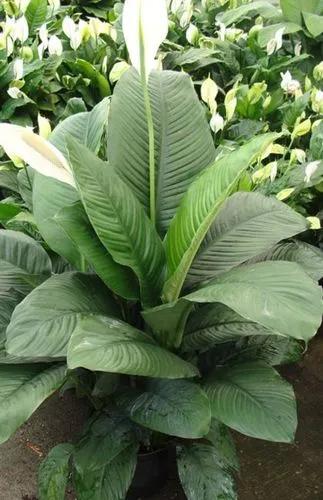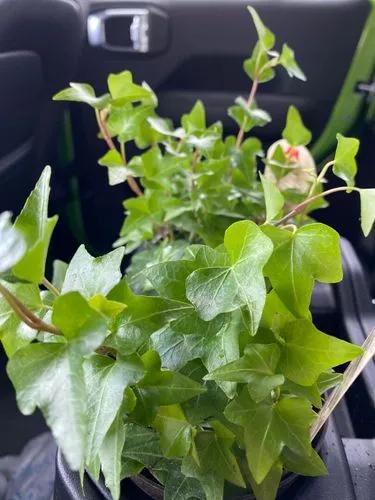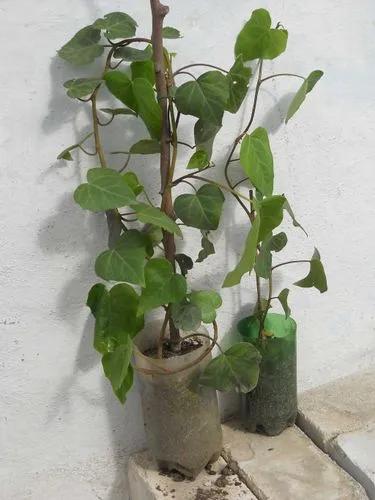Peperomia (radiator plant) is one of the two large genera of the family Piperaceae. Most of them are compact, small perennial epiphytes growing on rotten wood. More than 1500 species have been recorded, occurring in all tropical and subtropical regions of the world, though concentrated in Central America and northern South America. A limited number of species (around 17) are found in Africa. Though varying considerably in appearance (see gallery below), these species generally have thick, stout stems and fleshy leaves, sometimes with epidermal windows. Peperomia flowers typically come in yellow to brown conical spikes. These tropical perennials are grown for their ornamental foliage. They are mostly natives of tropical America. They are compact and usually do not exceed 12 inches (30 cm) in height. They vary considerably in appearance. Some have threadlike, trailing stems and some have fleshy, stout stems. The leaves are smooth and fleshy and may be oval with the leafstalk at or near the center of the leaf blade, or they may be heart-shaped or lance-shaped; their size may vary from 1–4 inches (2.5–10.2 cm) long. They may be green or striped, marbled or bordered with pale green, red or gray, and the petioles of some kinds are red. The tiny flowers are unnoticeable and they grow in the form of cordlike spikes. The fruit is a berry that eventually dries out and shows the pepper-like seed
Peperomia Angulata Care
Peperomia Angulata Kunth



How to Care for the Plant

Water

Water every 1-2 weeks, allowing soil to dry out between waterings.

Pruning

New and established peperomia plants benefit from annual light pruning to correct any leggy, sparse growth. Pinching back the stems in early spring will help maximize the lush appearance by encouraging more branching. Remove the end of each stem and the first set of leaves, pinching them off between your fingernails.

Fertilizer

Your peperomia plant will thrive when it's fertilized regularly with a 20-20-20 fertilizer containing equal parts of nitrogen, potassium and iron. Dilute your fertilizer to half strength and apply it every two weeks during the spring and summer. Reduce the rate to once a month in the fall and winter.

Sunlight

Your Peperomia Angulata is getting too much direct light, move to a more shady spot - indirect light is best.

Soil

A loose, well-draining soil is key for peperomia plants.

Temperature

Average to warm temperatures from 18-24°C but can cope with as low as 10°C at a push. Avoid draughts.

Additional

Completely non-toxic, the petite peperomia wins the prize for awesomest leaves.C These tropical perennials are grown for their ornamental foliage. They are mostly natives of tropical America.

Popularity

247 people already have this plant 48 people have added this plant to their wishlists
Discover more plants with the list below
Popular articles






